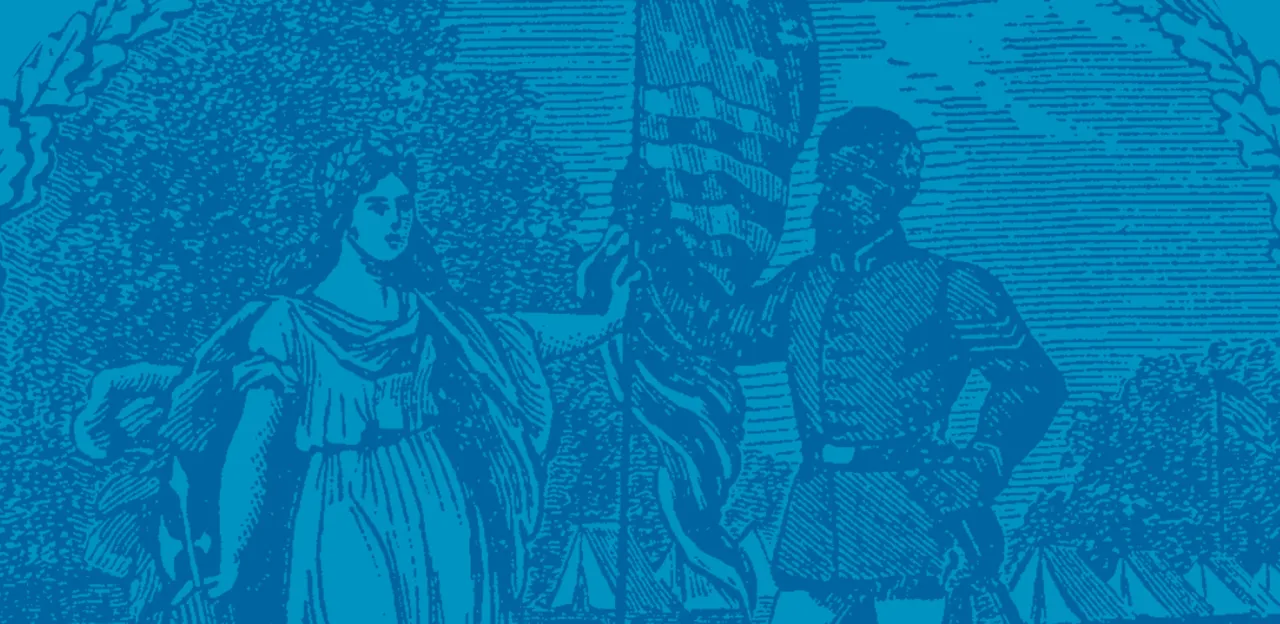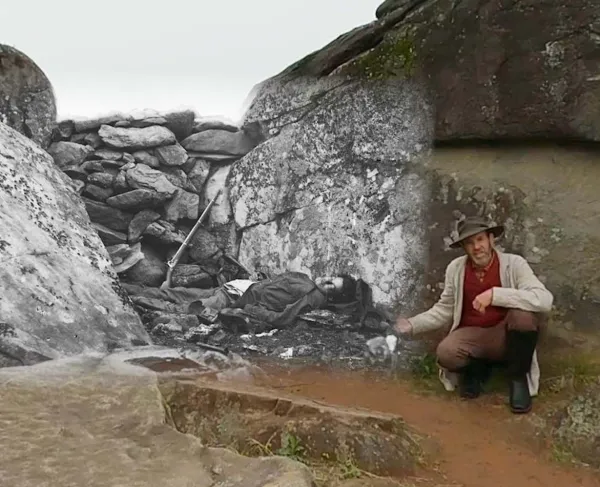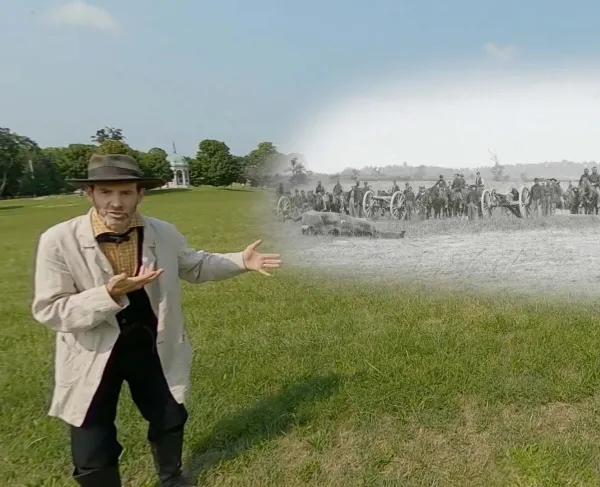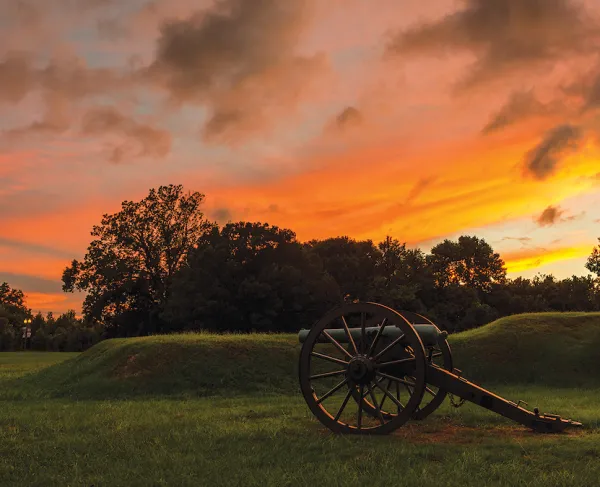African-American Civil War Soldiers Lesson Plan

Grades: 9-12
Length of Time: 3-4 class periods
Goals:
- Students will recognize the role of African-American soldiers in the Civil War.
- Students will identify the efforts of African-American soldiers to secure rights and responsibilities of citizenship.
- Students will analyze Civil War primary source documents
Objectives:
- Given the Emancipation Proclamation, War Department General Order 143, and the 15th Amendment, students will discuss the role of each of these documents in the Civil War.
- Given these same three documents, students will analyze their impact on African-American soldiers.
- Students will identify a historical site (ex: battlefield, church, camp) and create a marker, memorial, or mural, dedicated to the achievements of African American soldiers.
Materials Used:
- Documents: Emancipation Proclamation, War Department General Order 143, and the 15th Amendment
- Excerpts from any of the following films: Glory (1989), The 54th Colored Infantry (The American Experience), The Civil War (Ken Burns- PBS)
- African American Civil War soldier biography, letter, or diary excerpts
- Pictorial examples of Civil War memorials
- Computer access
Anticipatory Set/Hook:
When did the Civil War take place? Who became a leader in proving that African Americans could fight in battle? What other facts did you learn, that can be applied to our study of African Americans in the Civil War?
Resources:
Christian Recorder.
Glatthaar, Joseph. Black Soldiers. Eastern National Park and Monument Association, 1996.
Indianapolis Daily Journal.
Lafayette Daily Courier.
Biographies
Our Documents. www.ourdocuments.gov/
Procedure:
Activity 1:
Begin the lesson with a brief lecture. Review the Northern objectives and the course of the Civil War up to, and including, the battle of Antietam. Introduce the documents and discuss what is found in each.
Activity 2:
View with the class the 1898 drama Glory, a fictional account of the 54th Massachusetts, the American Experience documentary, The 54th Colored Infantry, or excerpts on black regiments from the Ken Burn’s series The Civil War. Instruct students to record any references in the films to any primary sources.
Activity 3:
Identify an African-American soldier who served in a Civil War regiment and collect biographical data. Search for an appropriate subject from popular Civil War era biographies, published collections of letters and diaries, or African-American regimental histories found at public libraries. Discuss with the students when and how the Emancipation Proclamation, War Department General Order 143, and 15th Amendment affected the soldier or how he responded to them. Where there is no documented source of the soldier’s response, instruct students to compose a letter of diary excerpt that might explain his participation in the Civil War. Tell students to defend their explanations from evidence in the biographical data or the related local and state documents.
Closure & Assessment:
Instruct students on the significance of historic sites and the role of markers, memorials, and murals, as tangible reminders of the values of past generations and lessons of history. Show examples of local, state, and national Civil War commemoratives, and elaborate on any memorials dedicated to or including African-American soldiers. Encourage students to visit Internet Sites that discuss the creation of such memorials as the African-American Civil War Soldier Memorial in Washington, D.C. and the Augustus Saint-Gaudens’ Memorial to Robert Gould Shaw and the Massachusetts 54th Regiment. Then challenge students to create a set of markers, a memorial, or mural, based on the individual experiences of an African-American soldier. Brainstorm with students about appropriate sites for their commemoratives. Finally, direct students in their tribute to show evidence of the soldier’s experiences with the Emancipation Proclamation, War Department General Order 143, and/or the 15h Amendment.
Modifications:
1. Read the three documents in pairs, or as a whole class.
2. Have students create the brochure by hand.





